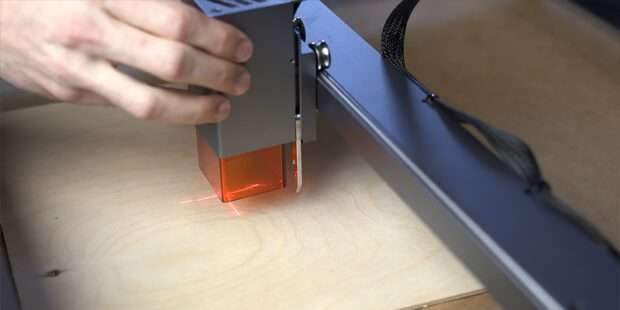Heralded in her day as the “mother of modern weaving” and “America’s first lady of the loom,” designer Dorothy Liebes (1897–1972) ushered in a new era of American textiles. Sensuous and structurally complex, her fabrics subverted the status quo—injecting warmth, texture, and luster into the fashion and design industries while capturing the attention of the architecture elite. Frank Lloyd Wright, Donald Deskey, and Frances Elkins were all fans, though history hasn’t always given her proper due. “There’s a gap between what she did and what the industry remembers her for,” reflects Susan Brown, the head of the textiles department at New York City’s Cooper Hewitt, Smithsonian Design Museum. “She was profoundly influential in shaping midcentury architecture, but her name has been written out of the narrative.”
No longer, thanks to the upcoming exhibition “A Dark, a Light, a Bright: The Designs of Dorothy Liebes.” Opening at the Cooper Hewitt on July 7, the show brings together more than 125 archival works, including fabric samples, garments, and furniture, from the 1930s through the 1960s. “Liebes was really able to grasp the architecture of weaving, the shapes yarns make,” reflects Brown, citing her pioneering use of unconventional materials like cellophane, recycled plastic, and metallic fibers. As Liebes herself wrote in 1946: “Metal is a color. I use it again and again in my fabrics.” Her creations dazzled in many high-profile Manhattan rooms—among them the Delegates Dining Room at the United Nations, for which she created reconfigurable partitions, and the Persian Room nightclub at the Plaza Hotel, where her drapery incorporated thousands of tiny bulbs. “She understood that light was key to experiencing her textiles as she intended,” says Alexa Griffith Winton, who curated the show with Brown. But Liebes also understood that great design should be accessible to all. Collaborating with American manufacturing giants on the order of DuPont, Lurex, and Sears, she helped catalyze the nationwide shift from bespoke weaving to machine looms, creating affordable pathways to quality textiles. And that, Griffith notes, was “Liebes’s quiet revolution.” cooperhewitt.org
A cocktail table takes inspiration from a hiking phenomenon
“Apacheta is a way of thanking Mother Earth,” says designer Cristián Mohaded of the stacked stones left by hikers along Andes trails. Those cairns have inspired this cocktail table, part of his new furniture collection for Loro Piana Interiors. Hewn from oak, ceramic, alpaca, and wool, the piece nods to the landscapes of his homeland, the Argentinean city of Catamarca, where Loro Piana sources vicuña fiber for its most luxe fabrics. loropiana.com



